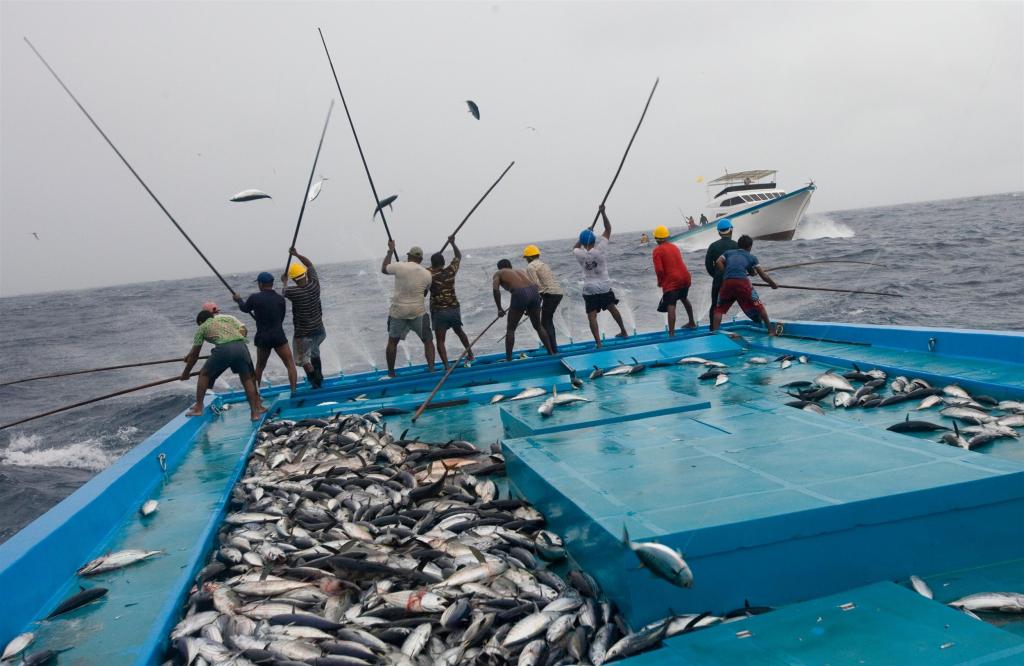Sustainable fishing practices are crucial to protect our oceans’ health and maintain a stable fish population. Here’s a quick guide on sustainable fishing practices:
1. Know your seafood: Before buying or ordering seafood, research which species are overfished and which ones are abundant. Avoid purchasing endangered species such as Atlantic bluefin tuna or Chilean sea bass.
2. Check the labels: Look for eco-friendly labels like Marine Stewardship Council (MSC) or Aquaculture Stewardship Council (ASC). These labels ensure that the seafood has been sourced from sustainable fisheries.
3. Support local fishermen: Buying locally caught fish supports small-scale fishermen who use sustainable practices, unlike large commercial fleets that harm marine ecosystems.
4. Choose selective gear: Certain types of fishing gears, such as bottom trawlers or gillnets, cause significant damage to marine habitats and catch unintended species like turtles and dolphins. Opt for more selective gears such as hook-and-line or traps.
5. Follow catch limits: Governments set annual catch limits to prevent overfishing of certain species. Following these limits ensures that there is enough stock to reproduce and maintain healthy populations in the long term.
6. Avoid wastage: Up to 40% of global catch is discarded back into the ocean due to bycatch or oversupply demand leading to waste generation and loss of biodiversity in the aquatic environment.
7. Spread awareness: Educate others about the importance of sustainable fishing practices by sharing articles, books, documentaries, etc., so people can make informed choices when it comes to seafood consumption.
By following these simple steps towards sustainability in fishing, we can promote healthy oceans while supporting local communities’ livelihoods that depend on them!


Leave a comment